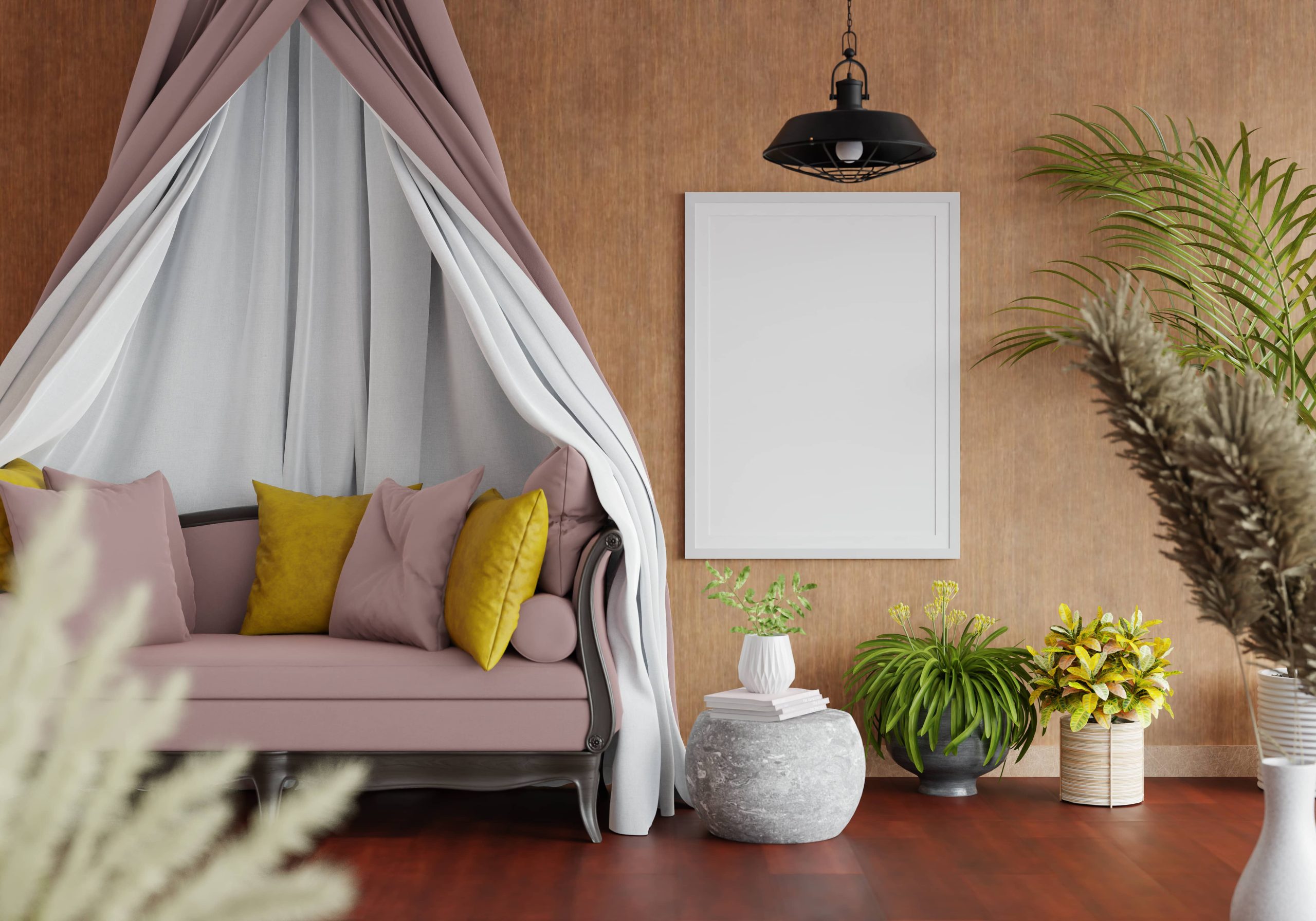
When it comes to home décor and styling, one of the most pivotal yet challenging spaces to design is the living room. As the heart of any home, the living room is where families gather, guests are entertained, and memories are made. Consequently, arranging your living room furniture for optimal flow is essential for creating a harmonious and functional space that accommodates various activities.
The concept of “flow” in a living room revolves around the ease of movement and the natural progression of one space into another. Achieving optimal flow involves not just arranging furniture based on aesthetic preferences but also considering aspects like accessibility, visibility, functionality, and personal lifestyle needs. In this post, we’ll explore practical tips and techniques for arranging your living room furniture to enhance both functionality and comfort.
1. Identify the Focal Point
Every well-arranged living room features a focal point — a central element that draws attention and serves as the anchor for all other furnishings. This might be a fireplace, a large window with a scenic view, an impressive piece of art, or a media console with a TV. Your furniture arrangement should highlight this focal point.
For instance, if your focal point is a fireplace, arrange seating such that it encourages conversation around the area. Use rugs and coffee tables to further accentuate this focal space. Avoid placing furniture that blocks or obscures the focal point.
2. Consider Traffic Flow
Traffic flow refers to the paths that people naturally take when moving through the room. An optimal layout minimizes obstacles and provides clear, unobstructed pathways. Begin by identifying entrances and exits and ensure a path of at least 24-36 inches between furniture pieces to allow easy movement.
Avoid creating dead ends or forcing people to navigate around furniture. If your living room has multiple entrances, consider incorporating angular arrangements that naturally guide movement throughout the space.
3. Create Functional Zones
In many modern open-concept living spaces, defining functional zones is crucial to maintaining order and utility. Use area rugs, lighting, and strategic furniture placement to create distinct zones for different activities. For example, position a sofa and chairs to form a cohesive seating area for socializing, while a corner chaise and bookcase might define a reading nook.
Optimize lighting to delineate these zones clearly. For instance, a pendant light over a coffee table emphasizes the seating area, while a standing lamp next to an armchair designates a cozy reading spot.
4. Scale and Proportion
Furniture scale and proportion are key considerations when arranging for optimal flow. Oversized furniture can overwhelm a smaller room, creating a cramped and chaotic atmosphere, whereas pieces that are too small may seem lost in larger spaces.
Measure your space and choose furniture that complements its dimensions. If you have a small living room, consider multi-functional pieces, like ottomans with hidden storage or sofas with built-in shelving. In larger spaces, avoid pushing furniture against the walls; instead, anchor it with patterned rugs and design floating layouts that encourage movement and connection.
5. Use Symmetry and Asymmetry Mindfully
Symmetrical arrangements bring a sense of balance and order, making them ideal for formal living rooms or spaces that prioritize tranquility. For example, place identical armchairs on either side of a centerpiece like a sofa or a coffee table, creating a harmonious visual appeal.
Conversely, asymmetrical arrangements convey a more dynamic and casual vibe, encouraging creativity and personalized aesthetics. Use asymmetry to introduce varied heights, textures, and shapes into your space, whether through staggered bookcase arrangements or eclectic art displays.
6. Pay Attention to Sight Lines
Sight lines are the continuous lines of vision from one point to another within a space and beyond. Maintaining clear sight lines is fundamental for a cohesive look and feel. Avoid placing tall or bulky furniture that blocks visual access to key elements, such as your focal point or outdoor views.
Arrange seating to ensure easy communication without obstructing visual contact with other areas of the home. For example, low-profile furniture can help maintain sight lines while still providing functional sitting areas.
7. Incorporate Personal Touches
While functional flow is important, so is personal style. Inject your personality into your living room with elements like textiles, plants, or family photos. Accessories should enhance the flow, not hinder it; opt for minimal yet impactful design choices.
Consider your lifestyle — if you have pets or children, prioritize durable and easy-to-clean materials. If you love entertaining, ensure that your layout offers versatile seating arrangements to accommodate guests comfortably.
Conclusion
Optimizing the flow of your living room through thoughtful furniture arrangement is not only about creating a visually appealing space but also about ensuring that the room serves its intended purpose. By considering focal points, traffic flow, functional zones, and other crucial factors, you can transform your living room into a welcoming haven that mirrors your personal taste and lifestyle.
Remember, arranging your living room furniture is an iterative process. Feel free to experiment with different layouts until you find the perfect balance of style, comfort, and utility. With patience and a little creativity, your living room can be both a practical retreat and a stylish showpiece for your home.

